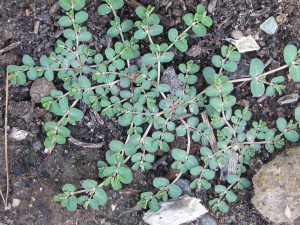 What starts off resembling an innocuous weed can quickly become an unwanted, low-growing ground cover. Summer rain + warm weather =very happy spurge plants! In a matter of a few weeks, this weed can easily take over your garden.
What starts off resembling an innocuous weed can quickly become an unwanted, low-growing ground cover. Summer rain + warm weather =very happy spurge plants! In a matter of a few weeks, this weed can easily take over your garden.
Spurge is a summer annual, but in warm climates it can sprout as early as February and grow well into September! After about 5 weeks of warm weather, spurge can produce flowers and set seed. In order to germinate, the seeds need light and warm temperatures. Seeds buried more than 1/2″ deep will not sprout. As long as warm weather continues, seeds sprout and make new plants. As weather cools, seeds lie dormant to await the following year.
There are several types of spurge, including creeping spurge, spotted spurge, ground spurge, petty spurge and nodding spurge. All of these weeds produce a milky sap when stems are broken off the plant. This sap can cause minor skin and eye irritation to gardeners. Spotted spurge is toxic to animals if eaten in large quantities. Sheep grazing in pastures full of spotted spurge have died, so it’s best to eliminate this weed if you have dogs and cats who like to chew on greenery in your yard.
Getting rid of a jungle of spurge is no easy task. It takes time, energy and persistence! (as well as a good hoe). The main taproot on some types of spurge can grow 2 feet deep. Small spurge plants can be difficult to spot. My strategy is to take a daily walk through the garden with an eagle eye. As soon as I spot the tiny weed growing I gently pull it out. However, I must confess that this year, spurge has gotten the better of me. The summer rain plus a helpful friend who left the water on my garden overnight (while I was on vacation) has led to an unruly area of spurge in my garden paths. I am taking a systematic approach to clearing out this area a little bit each day using a hoe or hand-pulling.
In the case of spurge, I do not recommend the use of chemical methods, although I must admit I’ve felt tempted! Some gardeners like to use preemergents, which prevent weeds before they sprout. However, the labels on these products warn against their use in home vegetable gardens, as chemical residues last for months. Glyphosate (also known as roundup) may be helpful if you have large areas of spurge. 2,4-D is not effective in the control of large, mature weeds.
Aside from pulling out spurge by hand, you can also use mulch to kill it. Smother spurge with 3-4 inches of coarse mulch. Just remember, mulch breaks down and will need to be replaced. If you have a large amount of spurge, you may want to consider soil solarization. This process is done during the summer months, and can help eliminate many weeds, pathogens and insects.
And, as you purge that spurge in your garden, it may surprise you to know that somewhere, in a laboratory garden, it is growing spurge is grown on purpose. Apparently the milky sap of spurge is being studied as a possible cure for skin cancer. Keep that in mind as you purge that spurge!
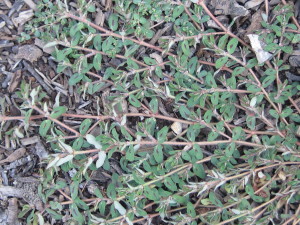
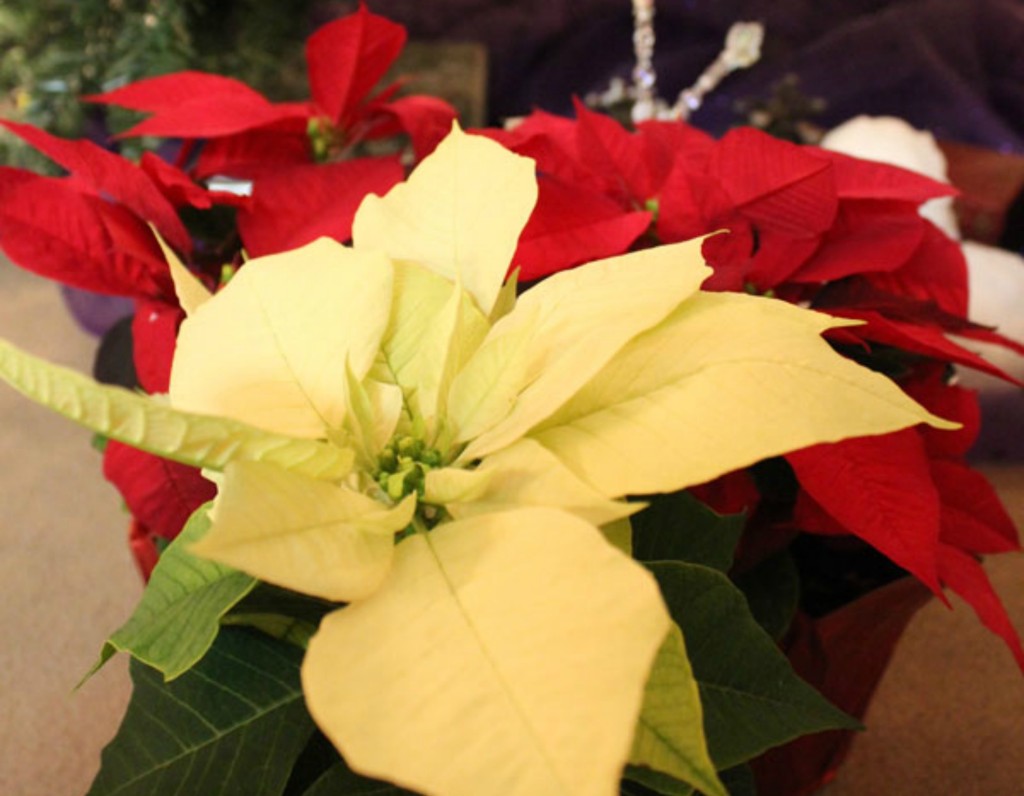

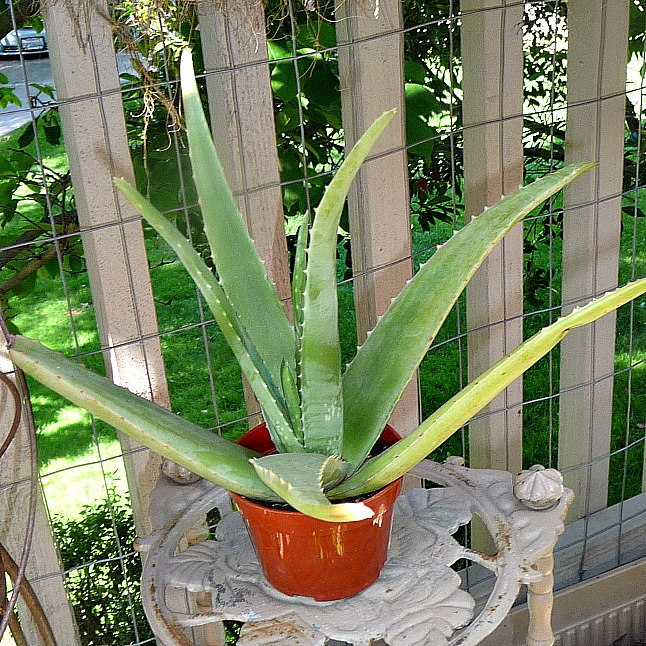

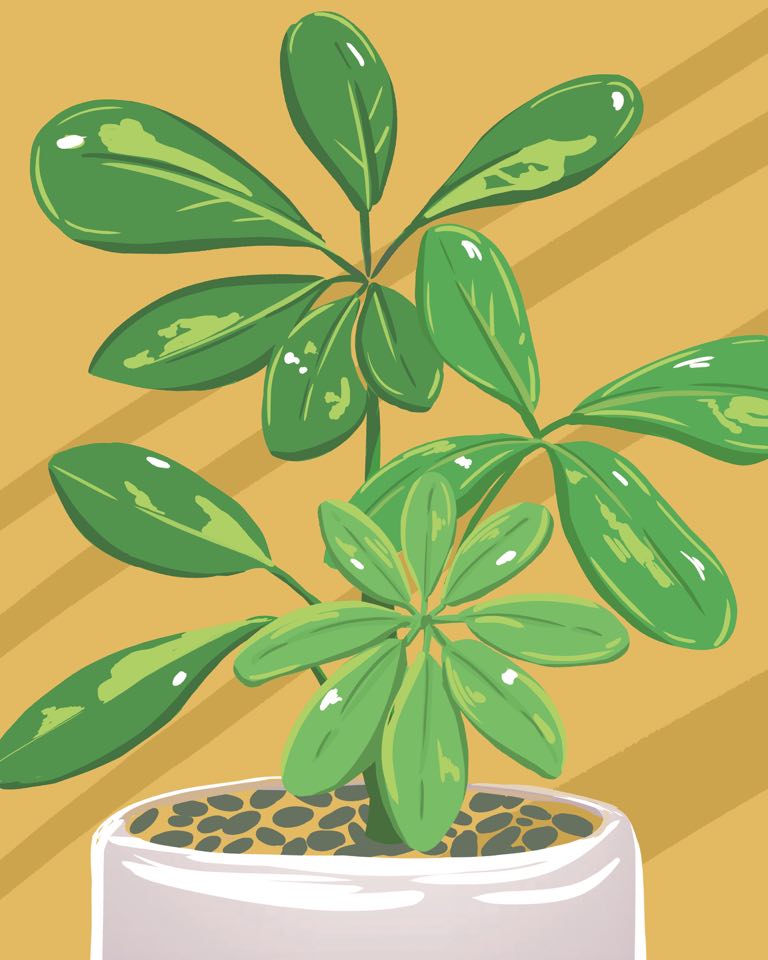
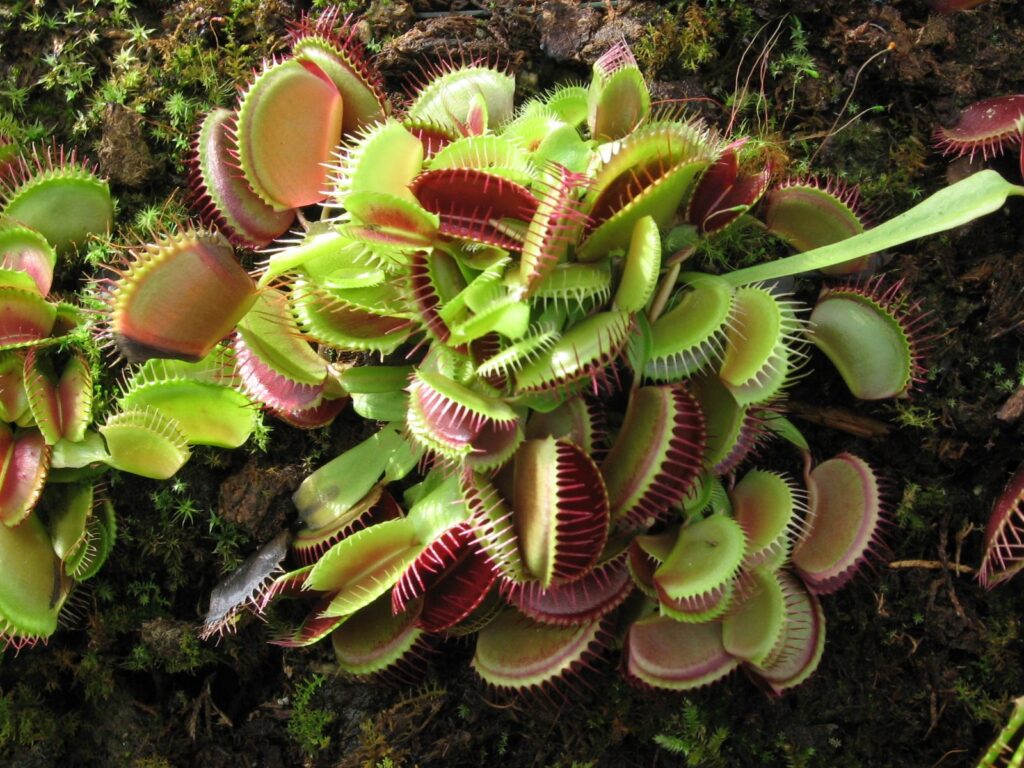
October 22, 2012 at 11:56 am
spurge, the latex milky substance in stems is poisonous and can cause blindness